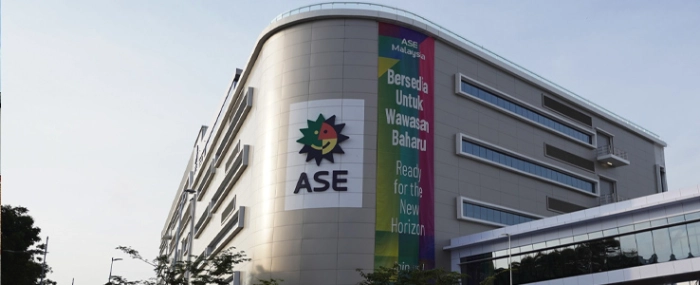
ASE expands its chip packaging and testing capacity
ASE has officially launched its fifth plant in Penang, adding to the company’s packaging and testing capabilities in the Bayan Lepas Free Industrial Zone.
The new plant is part of an expansion plan that will expand the floor space of ASE’s Malaysia facility from its current area of 1 million square feet to approximately 3.4 million square feet.
Over time, the Malaysia site has modernised its manufacturing operations by adopting Industry 4.0 technologies and automation. AI-driven systems are used to detect abnormalities, improve yield, and optimise production processes through data analysis. The new plant incorporates Artificial Intelligence of Things (AIoT) to support productivity and efficiency in manufacturing.
“Southeast Asia is increasingly becoming an important base for semiconductors, given its growing digital economy propelling the demand for advanced chips and its shift towards design and chip manufacturing in recent years. With Malaysia solidifying its position as a regional semiconductor hub, we see our expanded facility playing an even greater role across the global semiconductor value chain and contributing to the country’s economic growth. ASE remains committed to being a driving force for the development of the local and regional semiconductor industry, while continuing to meet and exceed the needs and expectations of our customers,” says Dr. Tien Wu, CEO of ASE Inc. in a press release.
With the semiconductor market on track to reach USD 1 trillion in revenue in the next decade, OSAT manufacturing remains critical to the global electronics supply chain. The new plant comes online at a time when advanced AI chips are increasingly required across various next-gen applications in machine learning, enterprise-led AI use cases, edge computing, electric vehicles and autonomous driving, and more. To support this growth, ASE is allocating resources and expanding its workforce to strengthen its service capabilities. The facility expansion will require increased hiring, training, and development, with plans to add approximately 1,500 employees over the next few years.

